Red Eléctrica’s strategic cross-border project aims to double power exchange capacity, strengthen supply security, and accelerate renewable integration while minimizing environmental impact through sustainable, community-informed design












Red Eléctrica’s strategic cross-border project aims to double power exchange capacity, strengthen supply security, and accelerate renewable integration while minimizing environmental impact through sustainable, community-informed design

With over 750 MW of installed capacity, RWE Renewables Iberia is accelerating its presence in the country. It is committed to wind repowering, solar development and technological modernisation. The company will present a consolidated roadmap at FES Iberia 2025.

In 2024, renewable energy accounted for 19.8% of the Netherlands’ total energy consumption, driven by offshore wind expansion and higher use of biofuels. The figure marks more than double the share recorded in 2019, according to the Dutch Central Bureau of Statistics (CBS).

Focusing on digitalization, smart grids, and energy storage, the conference will bring together global energy leaders in Panama from September 16 to 19, 2025. The call for technical papers, which will be evaluated for IEEE Xplore, is now open.

The 2025 edition of FES Iberia will gather representatives from SPAINDC, AEGE and TotalEnergies to discuss how data centres, power purchase agreements and public policy can turn the recent dip in electricity demand into a strategic opportunity for the sector.

The CNMC must determine how to allocate the restart costs, while OMIE prepares the settlement of the affected operations and ACIE calls for clarity and fairness in tariff design.
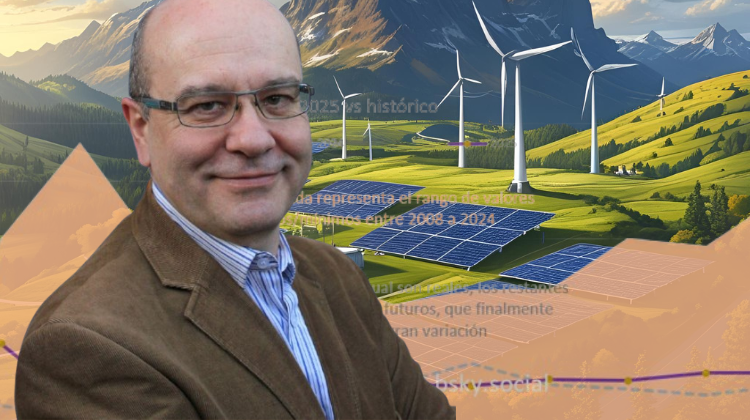
In May, Spain’s spot electricity market recorded a minimum of €16.93/MWh, the lowest value since 2008. This depressed price environment is forcing a redefinition of renewable investment strategies.

The European Commission’s flagship energy event returns to Brussels from 10 to 12 June, spotlighting the clean energy transition and its role in delivering a fairer and more competitive Europe.

Chema Zabala, Managing Director of Alantra Energy Transition, highlights to Strategic Energy Europe the urgent need to establish a capacity mechanism in Spain to ensure the firmness of the electricity system. He warns that, as indicated by the system operator in its analysis, without such regulation, technologies like combined cycle plants could shut down due to lack of profitability, jeopardising security of supply.
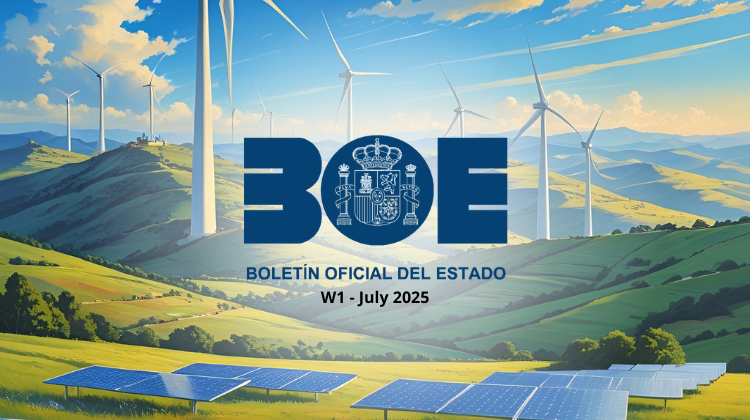
In the first week of the month, the Spanish Government authorised regulatory progress for 25 renewable energy projects, totalling over 1,700 MW of capacity, with a predominance of solar photovoltaic developments.
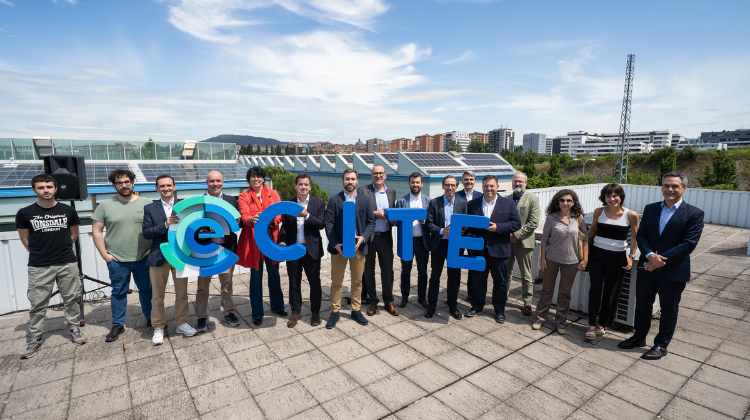
In the CITE25 edition, the International Congress for the Energy Transition will bring together over 400 professionals and more than 45 international experts — including top CEOs — on 23 October in Pamplona, to address the pressing challenges and opportunities of Europe’s renewable industry.

TECHnPower will now encompass the Galician company’s technology division, which includes a wide range of disruptive products for the generation, management, and storage of renewable energy.

Global energy investment is set to hit a record USD 3.3 trillion in 2025, with China topping the world’s energy spending and solar emerging as the most funded technology. The IEA report warns that despite the renewables boom, power grids and Africa are falling behind in the energy transition.

While Scotland projects 45 GW of offshore wind capacity by 2035, the updated SMP-OWE still falls short of addressing key bottlenecks in transmission, permitting, and supply chain development. “What builds confidence isn’t another map – it’s a connected system,” states John MacAskill, Managing Director of Renewables at ABL Group, to Strategic Energy Europe.

In less than a fortnight, five European countries announced major decisions on offshore wind tenders. From permit approvals to regulatory resets, these developments reaffirm offshore wind’s role as an immediate pillar in the region’s energy transition. Norway, Denmark, the Netherlands, Lithuania, and Estonia are fine-tuning their frameworks with different approaches, but share a common goal: to accelerate new capacity deployment.
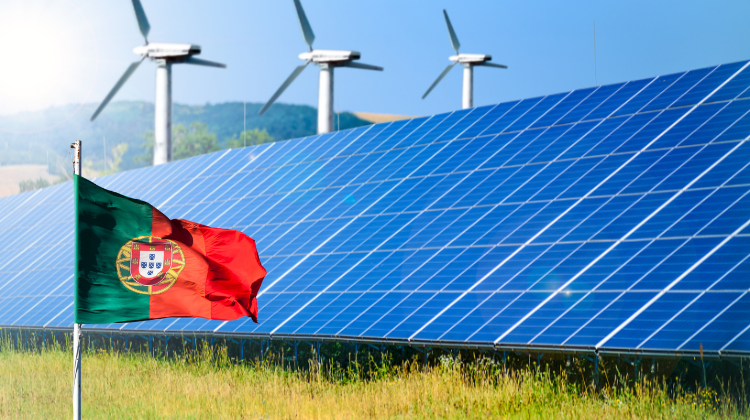
Portugal’s solar generation hits all-time high, supplying 17% of monthly electricity consumption, while overall demand remains stable year-on-year. Hydropower outperforms, gas use surges in power sector.
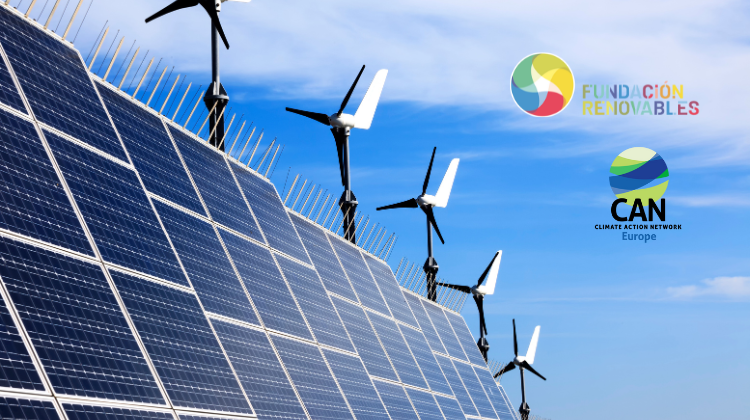
Lack of binding standards for benefit sharing risks undermining public support for the energy transition, warn CAN Europe and Fundación Renovables.

The company will invest €3.5 billion to strengthen its leadership in energy storage across Europe and Latin America through the rollout of its “Greenbox” platform, targeting 13.8 GWh of battery capacity by 2027. Two key projects are already underway in Spain, and Executive Chairman David Ruiz will share exclusive updates at FES Iberia on June 24.

Scotland’s Energy Minister has announced the update of the Sectoral Marine Plan, unlocking over 45 GW of offshore wind capacity by 2035, boosting the blue economy, technological innovation, and decarbonisation of the North Sea.

Karol Nawrocki’s narrow election victory marks a turning point in Poland’s energy agenda. Although PiS negotiated the Green Deal, it now uses it as a political scapegoat while defending coal and sovereignty-based energy policies. “Renewables will face a new institutional veto,” warns analyst Krzysztof Jaworski to Strategic Energy Europe.

Through Order No. 20/2025, Romania’s energy regulator ANRE has formalized a sweeping reform of its grid connection framework. Starting in June 2025, project developers will face new technical, financial, and procedural requirements aimed at discouraging speculative development and prioritizing mature projects.

Red Eléctrica’s strategic cross-border project aims to double power exchange capacity, strengthen supply security, and accelerate renewable integration while minimizing environmental impact through sustainable, community-informed design

With over 750 MW of installed capacity, RWE Renewables Iberia is accelerating its presence in the country. It is committed to wind repowering, solar development and technological modernisation. The company will present a consolidated roadmap at FES Iberia 2025.

In 2024, renewable energy accounted for 19.8% of the Netherlands’ total energy consumption, driven by offshore wind expansion and higher use of biofuels. The figure marks more than double the share recorded in 2019, according to the Dutch Central Bureau of Statistics (CBS).

Focusing on digitalization, smart grids, and energy storage, the conference will bring together global energy leaders in Panama from September 16 to 19, 2025. The call for technical papers, which will be evaluated for IEEE Xplore, is now open.

The 2025 edition of FES Iberia will gather representatives from SPAINDC, AEGE and TotalEnergies to discuss how data centres, power purchase agreements and public policy can turn the recent dip in electricity demand into a strategic opportunity for the sector.

The CNMC must determine how to allocate the restart costs, while OMIE prepares the settlement of the affected operations and ACIE calls for clarity and fairness in tariff design.

In May, Spain’s spot electricity market recorded a minimum of €16.93/MWh, the lowest value since 2008. This depressed price environment is forcing a redefinition of renewable investment strategies.

The European Commission’s flagship energy event returns to Brussels from 10 to 12 June, spotlighting the clean energy transition and its role in delivering a fairer and more competitive Europe.

Chema Zabala, Managing Director of Alantra Energy Transition, highlights to Strategic Energy Europe the urgent need to establish a capacity mechanism in Spain to ensure the firmness of the electricity system. He warns that, as indicated by the system operator in its analysis, without such regulation, technologies like combined cycle plants could shut down due to lack of profitability, jeopardising security of supply.

In the first week of the month, the Spanish Government authorised regulatory progress for 25 renewable energy projects, totalling over 1,700 MW of capacity, with a predominance of solar photovoltaic developments.

In the CITE25 edition, the International Congress for the Energy Transition will bring together over 400 professionals and more than 45 international experts — including top CEOs — on 23 October in Pamplona, to address the pressing challenges and opportunities of Europe’s renewable industry.

TECHnPower will now encompass the Galician company’s technology division, which includes a wide range of disruptive products for the generation, management, and storage of renewable energy.

Global energy investment is set to hit a record USD 3.3 trillion in 2025, with China topping the world’s energy spending and solar emerging as the most funded technology. The IEA report warns that despite the renewables boom, power grids and Africa are falling behind in the energy transition.

While Scotland projects 45 GW of offshore wind capacity by 2035, the updated SMP-OWE still falls short of addressing key bottlenecks in transmission, permitting, and supply chain development. “What builds confidence isn’t another map – it’s a connected system,” states John MacAskill, Managing Director of Renewables at ABL Group, to Strategic Energy Europe.

In less than a fortnight, five European countries announced major decisions on offshore wind tenders. From permit approvals to regulatory resets, these developments reaffirm offshore wind’s role as an immediate pillar in the region’s energy transition. Norway, Denmark, the Netherlands, Lithuania, and Estonia are fine-tuning their frameworks with different approaches, but share a common goal: to accelerate new capacity deployment.

Portugal’s solar generation hits all-time high, supplying 17% of monthly electricity consumption, while overall demand remains stable year-on-year. Hydropower outperforms, gas use surges in power sector.

Lack of binding standards for benefit sharing risks undermining public support for the energy transition, warn CAN Europe and Fundación Renovables.

The company will invest €3.5 billion to strengthen its leadership in energy storage across Europe and Latin America through the rollout of its “Greenbox” platform, targeting 13.8 GWh of battery capacity by 2027. Two key projects are already underway in Spain, and Executive Chairman David Ruiz will share exclusive updates at FES Iberia on June 24.

Scotland’s Energy Minister has announced the update of the Sectoral Marine Plan, unlocking over 45 GW of offshore wind capacity by 2035, boosting the blue economy, technological innovation, and decarbonisation of the North Sea.

Karol Nawrocki’s narrow election victory marks a turning point in Poland’s energy agenda. Although PiS negotiated the Green Deal, it now uses it as a political scapegoat while defending coal and sovereignty-based energy policies. “Renewables will face a new institutional veto,” warns analyst Krzysztof Jaworski to Strategic Energy Europe.

Through Order No. 20/2025, Romania’s energy regulator ANRE has formalized a sweeping reform of its grid connection framework. Starting in June 2025, project developers will face new technical, financial, and procedural requirements aimed at discouraging speculative development and prioritizing mature projects.

Select the sector you
want to know more about
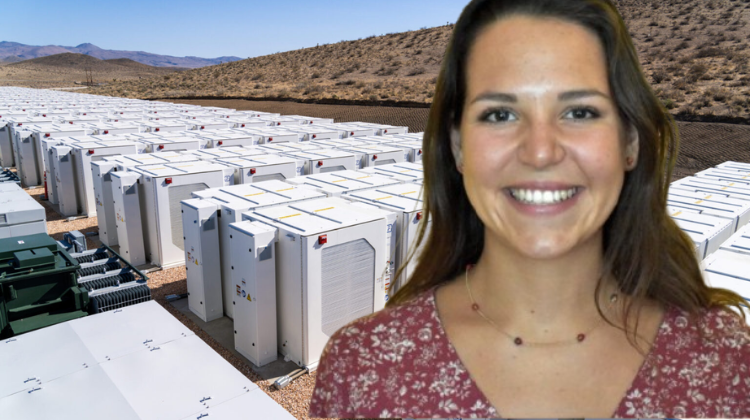
Following the record prices achieved in the first battery auction, Laura Susta, advisor at Our New Energy, warns that the immediate future will be shaped by the behaviour of the free market. The major question is whether PPAs, tolling and merchant models will align with MACSE values or follow different paths.
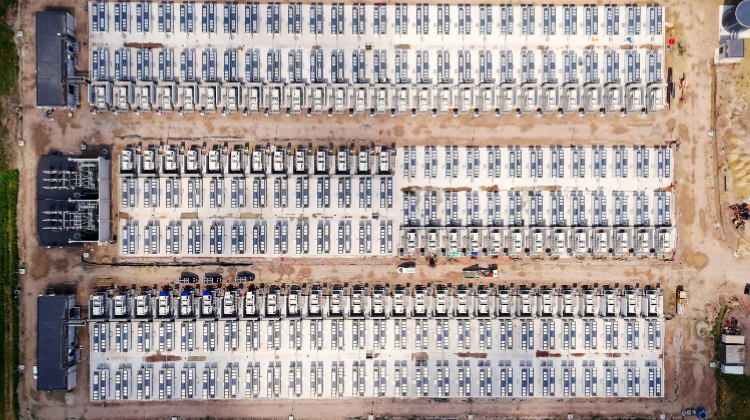
The system, deployed in the United Kingdom, integrates Sungrow’s inverters and storage solutions with grid response capability, ensuring operational stability and facilitating the integration of more renewable projects in the country.

As the leaders and stakeholders of the hydrogen sector gather for the start of the European Hydrogen Week, a clear, unified message will cut through the noise: Hydrogen is Europe’s path to resilience.